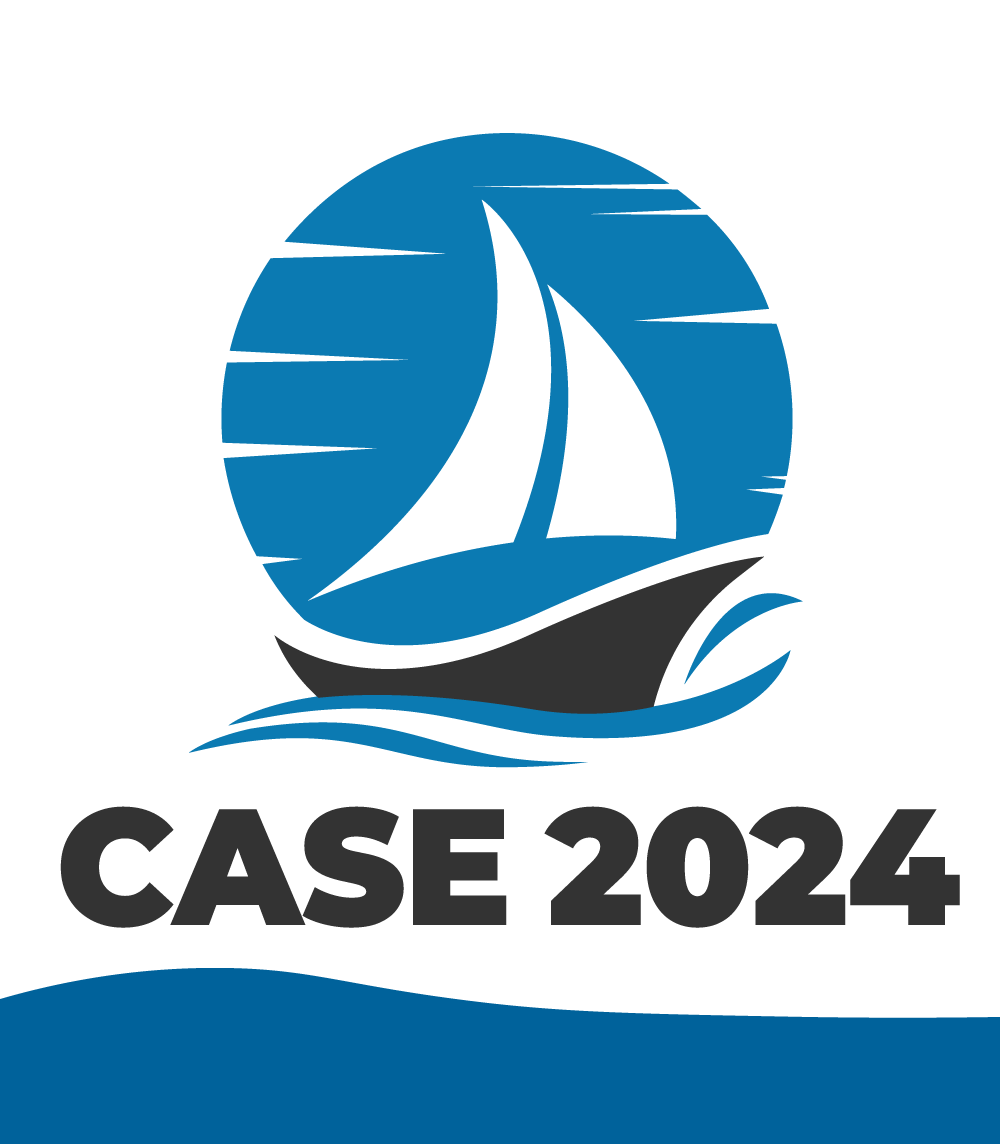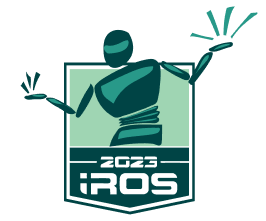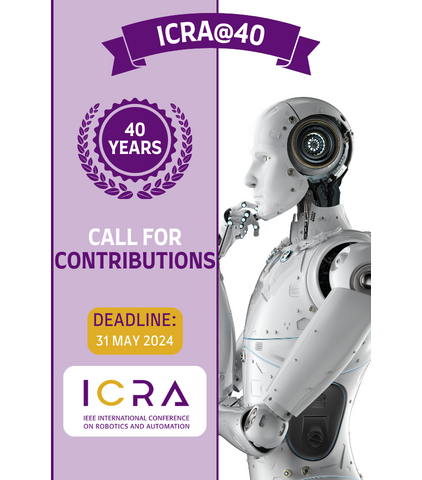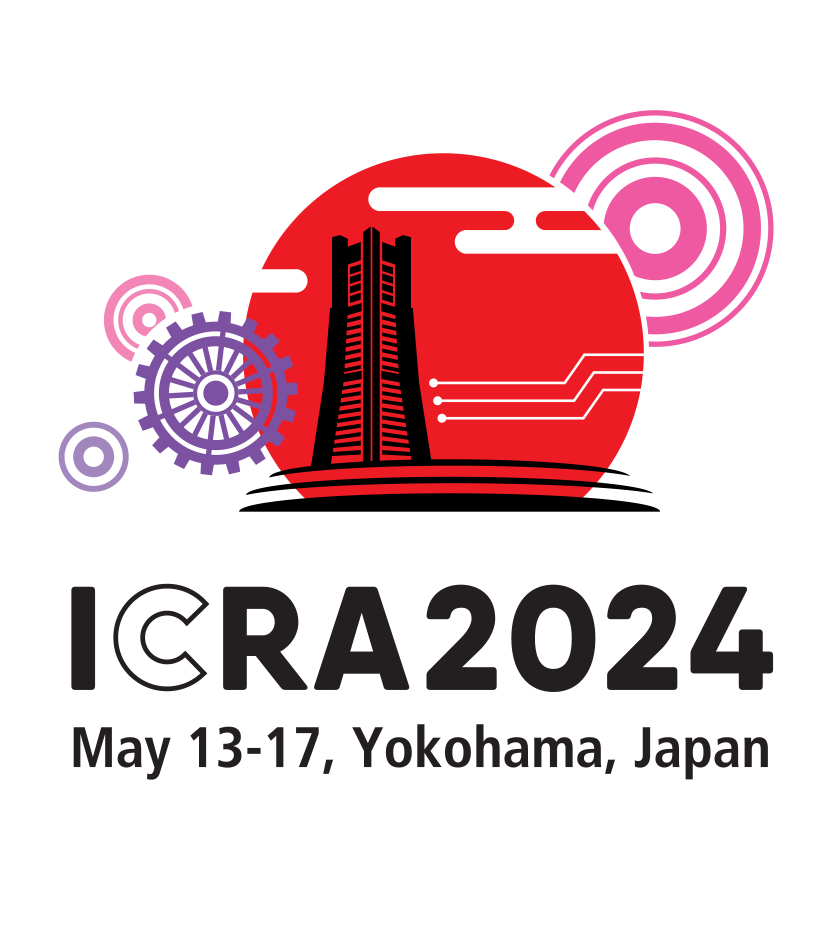RA-L Information for Reviewers
Generalities
If you read these instructions, you probably have been invited by a member of the Editorial Board to review a paper for the IEEE ROBOTICS AND AUTOMATION LETTERS (RA-L). Thank you very much for accepting to be a part of this new, important and exciting endeavour of the IEEE Robotics and Automation Society by reviewing – or by indicating who could be a good reviewer, in case you have to postpone your important service to the community and decline.
The primary goal of RA-L is to serve the RAS membership and the robotics and automation community at large, which has strongly increased in number and productivity, by providing more capacity for high quality, fully reviewed journal papers. Additionally, RA-L aims at providing a publication process that better integrates RAS conferences and journal papers and improves the efficiency of the peer-review process.
We are sure you realize the potential impact of RA-L on our members, especially the younger ones, and the importance of your service as a reviewer. The RA-L enterprise is very novel under many regards, with the crucial innovation of allowing a link to RAS Conference presentations. The ambitious plan of RA-L implies that the review system has to perform extremely effectively: not only it will have to guarantee the highest standards of IEEE Journals (with a complete peer review cycle, including revision and resubmission where appropriate), but it will also be subject to stringent deadlines.
Indeed RA-L guarantees a final decision within 6 months from submission, with no exceptions. When a Conference Option has been flagged by the authors, RA-L needs to comply also with Conference deadlines. To provide a service with such high standards, everyone involved in the RA-L review process must comply with tight and demanding constraints.
As a reviewer, you will have to observe the following strict deadlines:
- One month (30 days) from reception of original manuscript to review
- Two weeks (14 days) from reception of a revised manuscript to re-review
To volunteer to be a reviewer, please contact directly a current AE who is in your area of expertise.
The editorial spirit of RA-L
The general principle of the editorial work in RA-L is that editors and reviewers are not there to be inflexible judges; rather their role is to help authors write better papers.
This reflects in the review comments and recommendation reports, which are always constructive in their criticism, not just noting deficiencies but also indicating how they can be mended. Any diminishing or disrespectful remark must be absolutely avoided.
The quality level to be expected in a paper to appear in the RA-L is defined by the scope of the journal: a RA Letter is a timely and concise account of innovative research ideas and application results, reporting significant theoretical findings and application case studies in areas of robotics and automation.
By a loose analogy to existing publications, a Letter can be considered similar in quality to short papers in RAS T-RO or T-ASE, although the requirement of timeliness favours originality over maturity. In terms of a conference scale, we consider that a paper in the “A”, “B+” or "B" classes could become, possibly through a deep revision and resubmission process, a RA Letter. In some cases, a paper that in its first submission would be in the "B-" class can become a RA Letter, if the paper has the potential to be substantially improved in a revised and resubmitted version, capitalizing on comments and suggestions in the first review.
Reviewing for RA-L
The manuscript review procedure of RA-L involves a recommendation prepared by an Associate Editor on the basis of peer reviews. The final decision on publication, sustaining or modifying this recommendation, is taken by the Senior Editor handling the paper and by the Editor-in-Chief.
Reviewers (and Associate Editors) are never known to the authors. However, RA-L does not use double-blind review. The authors are always known to the reviewers. In this way, the paper does not hide relevant aspects (e.g., references to other papers by the same authors) that may be helpful for a balanced and fully informed review.
The articles in this journal are peer reviewed in accordance with the requirements set forth in the IEEE Publication Services and ProductsBoard Operations Manual (https://pspb.ieee.org/images/
Getting Started
The review process for RA-L is managed using the PaperPlaza system. To access the system, go to the PaperPlaza page, click Start and then Log in. You can also reach your workspace in Paperplaza directly form the link provided in the email inviting you to review. If you have forgotten your login information, you can retrieve it using the PIN management page.
The review form for the manuscript in review is automatically loaded in RA-L PaperPlaza. Specific instructions for reviewers are contained also at the beginning of each form.
A partially completed review form can be temporarily saved and accessed again at will by the reviewer (you can log in with your PIN and password in RA-L PaperPlaza and access your workspace as RA-L reviewer). When finally submitted, the review cannot be modified further.
Upon completion of the review process of a paper, access to the editorial decision and to all anonymous reviews will be available through RA-L PaperPlaza for the reviewers of the paper.
How to Make a Good Review
RA-L reviewers are expected to provide high-quality reviews. They have to be accurate and insightful.
Good reviews are constructive in their criticism, and not diminishing of the authors' efforts, even when they have to be negative or very negative.
The supervising AE will reject any sub-standard review he/she receives - e.g. too short or shallow.
Do not identify yourself or your organization within the review text. The reviewer's recommendation for acceptance or rejection should not be included in the comments to the author.
The standard scheme of a RA-L review is as follows:
- A summary of the paper's main contributions in your own words (be careful not to simply restate the Abstract or Introduction).
- Your evaluation of how well the paper reviews Related Work. You can suggest that the authors reference specific related papers you find, especially journal papers from the last 2-3 years.
- Your evaluation of strengths and weaknesses of the paper. Be careful to offer constructive suggestions about how the authors might address each of the latter.
- Suggestions on specific edits to fix, for example figures that are unclear or typos.
- A short summary of your overall evaluation and recommendation.
Please provide detailed comments to the authors so as to support your recommendation. The following points are suggested for your comments:
- What is the contribution of the paper?
- Does the author explain the significance of this paper?
- Is the paper clearly written and well-organized?
- Does the introduction state the purpose of the paper?
- Are the references relevant and complete? Supply missing references.
- If the paper is not technically sound, why not?
- If the paper is too long, how can it be shortened?
Please supply any information that you think will be useful to the author for a revision, for enhancing the appeal of the paper, or for convincing him/her of the weak points or mistakes.
In your critical comments to the authors please be specific. If you find that the results are already known, please give references to earlier papers that contain these or similar results. If you say that the reasoning is incorrect or vague, please indicate specifically where and why. If you suggest that the paper be rewritten, give specific suggestions as to which parts of the paper should be deleted, amplified or modified, and please indicate how. If the paper has a multimedia attachment (typically, a video clip), please comment on this too. Is it consistent with the paper content? Does it enhance the paper's quality? If it is a video, how is the technical quality? Is it free of commercialism?
If you feel that additional material (equations, graphs, tables, etc.) needs to be included in your review, you can attach a pdf file to your review. Please, mention in your comments to the author that you have prepared a pdf file with such material, since otherwise they might miss it. Note that if you attach to the review an annotated/bookmarked version of the paper PDF, you must ensure that any identifying information is removed. The submission system does not do this for you, but a link to the procedure for anonymization is provided when you request to upload an attachment to the Comments to the Author.
Confidential Comments
You will have the possibility to introduce confidential comments for the Editorial Board’s eyes only. In these comments, you can put any information you believe is useful to assess the paper's quality, which can’t be shared with authors (e.g., because it would breach the anonymity of reviews).
Conflicts of Interest
A Reviewer is deemed to have a conflict of interest if one (or more) of the authors of a submitted paper
- is, or has been, a student (including postdoc) or advisor of the reviewer, or
- has co-authored a paper or has closely collaborated in a research project with the reviewer in the previous five years, or
- is employed at the same institution (at the Department or Division level) as the reviewer, or
- there are any other circumstances that may create an appearance that the reviewer might have a bias in the evaluation of the paper.







